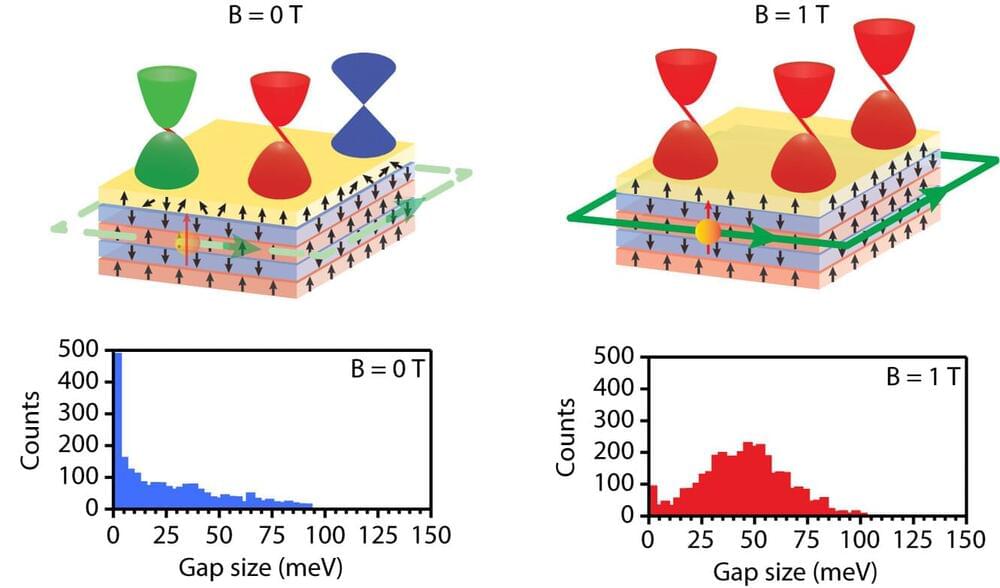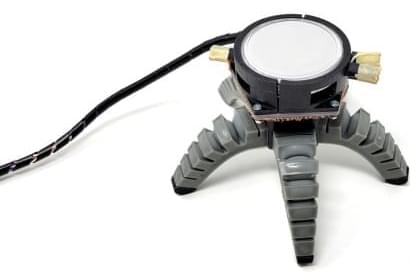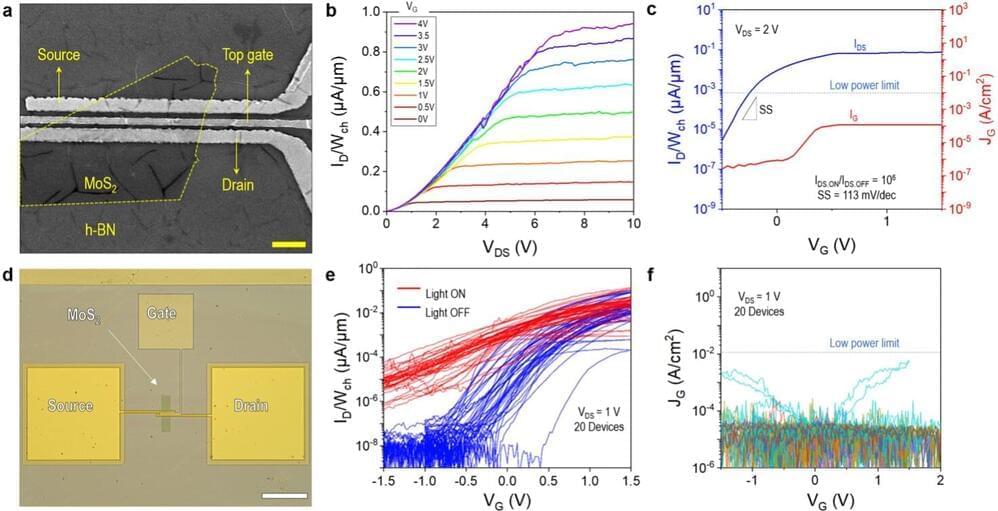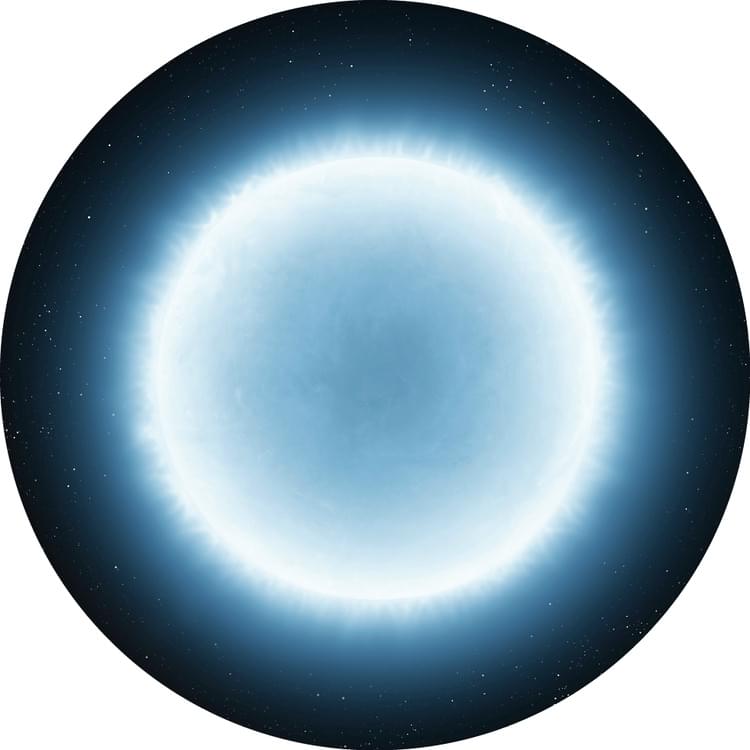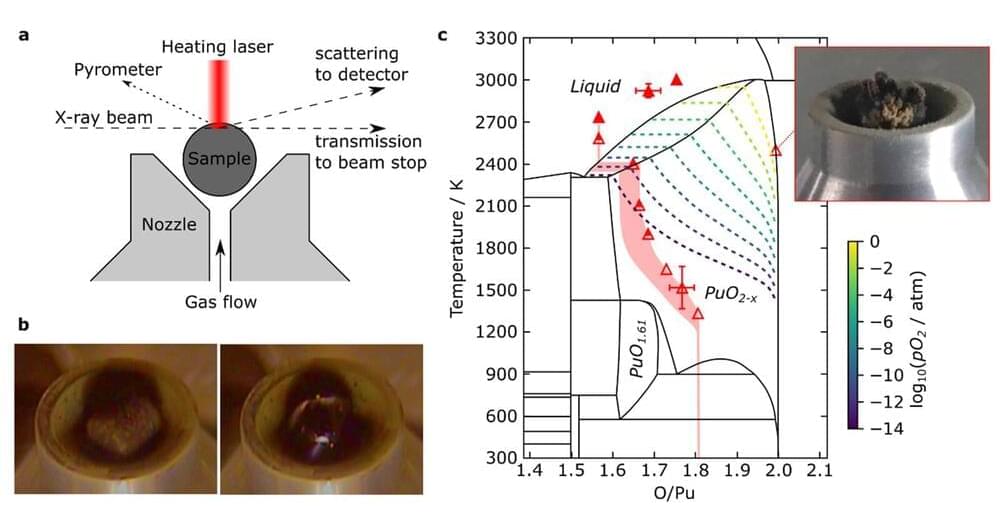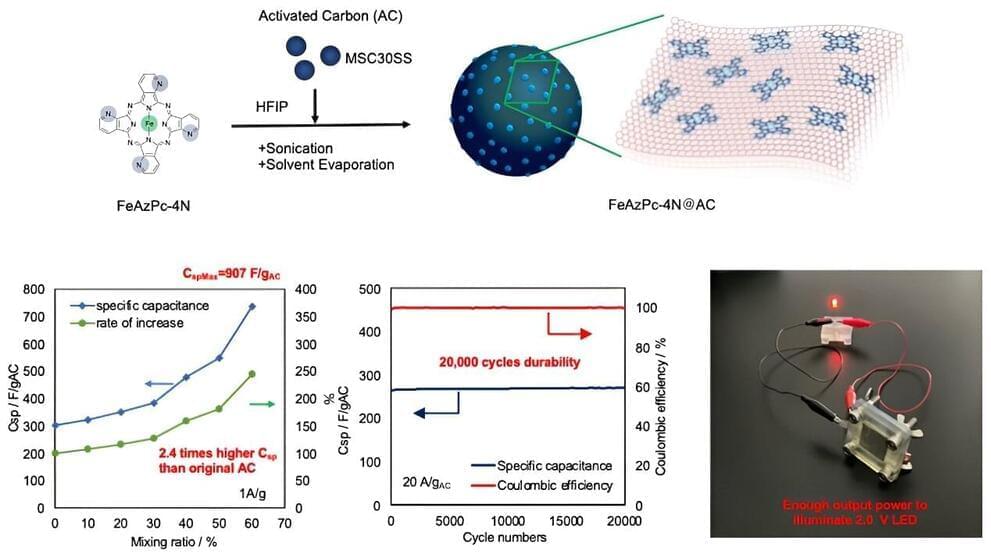Yet, the current flow along these topologically protected, one-dimensional edges has proven to be far from robust. With the QAHE breaking down in magnetically doped topological insulators at temperatures higher than 1 Kelvin, well below the temperatures predicted by theory.
A new class of materials, known as intrinsic magnetic topological insulators (MTIs), for example MnBi2Te4, possess both non-trivial topology and intrinsic magnetism and are predicted to offer more robust QAHE at higher temperatures than magnetically doped topological insulators.
In MnBi2Te4 it has been shown that the QAHE can survive up to 1.4 K, and interestingly, this can rise to 6.5 K with the application of stabilizing magnetic fields, providing hints at the mechanisms that are driving the breakdown of topological protection.
